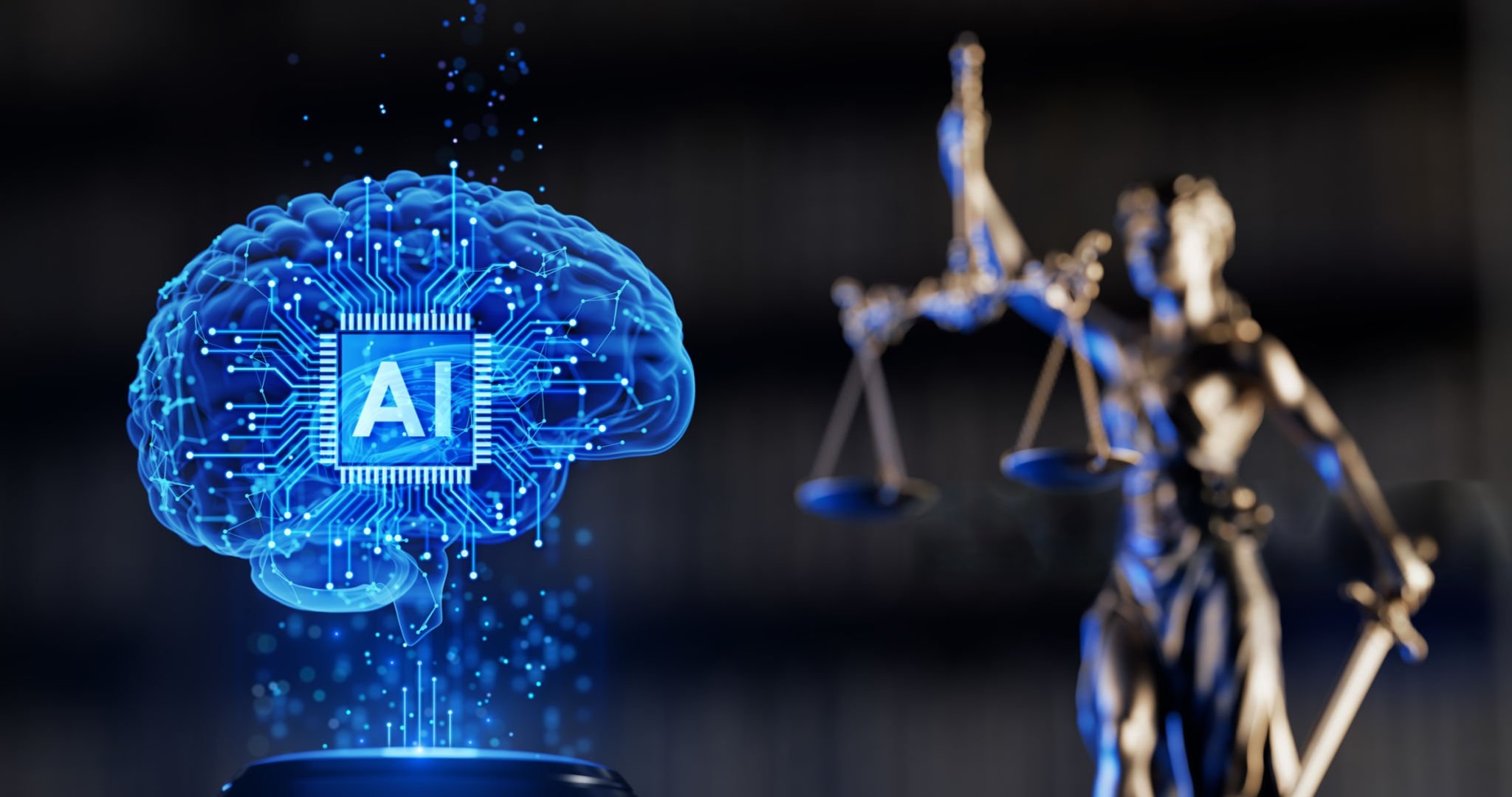At a Glance:
This blog gives you a clear, practical roadmap to build a resilient AI Governance Framework that aligns with global standards and Responsible AI principles. Here’s what you’ll learn:
- Why AI governance matters now — how rising regulations like the EU AI Act and ISO 42001 are reshaping compliance expectations.
- 7 essential pillars of a robust AI governance system — from AI inventory to incident response.
- How to operationalize Responsible AI across your organization through fairness, transparency, accountability, and security.
- Practical steps to monitor, audit, and document AI decisions with full traceability.
- The business upside of good governance — how ethical, compliant AI builds trust, mitigates risk, and strengthens brand resilience.
In an era where AI systems are deeply embedded in decision-making—from hiring to healthcare and credit scoring—the stakes for AI governance, AI compliance, and Responsible AI have never been higher. Ignoring this is no longer an option. Violations of data privacy, bias in algorithms, or opaque decision logic can lead not only to fines and lawsuits, but long-term reputational collapse.
In this article, we explore the true price organizations pay when they skip on AI governance, examine real-world case studies, and show how a rigorous AI governance framework paired with ethical design can shield your enterprise.
Why Non-Compliance Is an Existential Threat
AI systems amplify both opportunity and risk. A single misstep can lead to:
- Regulatory fines: The EU AI Act proposes penalties of up to €35 million or 7% of global turnover for serious non-compliance.
- Lawsuits & class actions: Discrimination, data misuse, or algorithmic harm often trigger litigation.
- Reputational damage: Loss of trust is difficult to recover. Users, partners, and stakeholders view AI missteps as irresponsible.
In short, the real cost includes monetary losses and erosion of public confidence, competitive positioning, and long-term growth.
Real Cases That Illuminate the Risk
Clearview AI — biometric surveillance and privacy backlash
Clearview AI scraped images from public web sources to build a facial recognition database. Following lawsuits and government pushback, several countries demanded deletion of data, and the public backlash severely damaged its credibility. This is a stark lesson in how privacy non-compliance can lead to both legal action and brand ruin.
HireVue — Algorithmic Bias in Hiring
HireVue’s AI assessments were scrutinized for bias, particularly for racial and gender fairness. Multiple U.S. jurisdictions called for investigations, and many clients paused usage over concerns about transparency. This example illustrates how opaque decision logic and lack of explainability can lead to regulatory and reputational consequences.
These examples show that non-compliance isn’t hypothetical. Even respected vendors can stumble—and buyers, regulators, and public sentiment can respond swiftly.
What Specifically Gets Penalized (and How Much)?
Regulatory fines under new AI laws
Sectoral regulations: In finance, health, or insurance, regulatory bodies may impose additional penalties for biased or unsafe AI decisions.
- EU AI Act (draft): High-risk AI systems will require compliance with rigorous rules for transparency, human oversight, data quality, and audit logs. Violations can cost up to 7% of global revenue.
- Data privacy laws overlap: GDPR, CCPA, etc. Non-AI systems that handle personal data without consent can also attract heavy fines.
Legal & Civil Liability
- Discrimination lawsuits: Algorithms that systematically disadvantage protected groups invite legal class actions.
- Breach of contract or warranty claims: If a vendor’s AI fails in performance or behaves unlawfully, clients may sue for damages.
- Regulatory enforcement actions: Agencies can demand shutdowns, compliance audits, or ongoing monitoring.
Reputational & Business Fallout
- Loss of customer trust: Once an AI scandal hits, users abandon platforms or demand opt-outs.
- Partner withdrawals: Clients, investors, and partners often distance themselves from companies seen as irresponsible.
- Delays and remediation costs: Fixing non-compliant AI retrospectively can cost 2x–5x more than building compliance in from day one.
Anatomy of Failure: Where Non-Compliant AI Goes Wrong
Below are the typical failure points when companies skip proper AI governance or ethical design:
| Failure Point | What Happens | Real-World Warning |
| Opaque “black-box” models | Users can’t challenge or understand decisions | HireVue bias investigations |
| Poor dataset selection | Biased or unrepresentative training data | Amazon’s scrapped hiring algorithm |
| Lack of audit logs | No traceability to diagnose faults or defend decisions | Many startups lack model versioning |
| No human oversight | Automated decisions with no escalation | High-frequency trading flash crashes |
| No compliance mapping | Overlooked legal frameworks (e.g. EU AI Act) | Non-AI firms hit under GDPR for data misuse |
| Ignoring drift & monitoring | Model degrades in production | Credit models failing after economic shift |
Each of these gaps increases exposure to fines, litigation, or reputational harm.
Building a Resilient AI Governance Framework
To defend against the growing risks of non-compliant AI, organizations need more than policies — they need a living governance structure that blends ethical reasoning, technical rigor, and operational discipline. Below is a practical blueprint to build AI governance and ethics directly into your AI lifecycle — from design to deployment and beyond.
1. AI Inventory & Risk Classification
The foundation of any governance effort starts with visibility. You can’t govern what you don’t know exists.
Organizations must maintain a central AI inventory — a catalog of every model, dataset, and automated decision tool in use across departments. This includes “shadow AI” projects often developed by individual teams without oversight.
Once inventoried, classify each AI system by impact risk level:
- Low-risk: internal analytics or recommendation engines.
- Medium-risk: customer-facing chatbots or automated workflows.
- High-risk: models influencing financial, legal, or healthcare outcomes.
A structured inventory not only enables transparency but also supports compliance audits, resource allocation, and risk-based governance — ensuring that the most critical AI systems receive the highest scrutiny.
2. Ethical Principles & Policy Layer
Governance without ethics is mechanical; ethics without governance is abstract. The second layer is where Responsible AI principles translate into organizational policy.
Define a clear set of guiding values — fairness, transparency, accountability, privacy, and security — then codify them into operational standards, playbooks, and approval workflows.
For example:
- Require bias testing reports before model deployment.
- Enforce human-in-the-loop checkpoints for high-impact systems.
- Mandate data minimization to ensure privacy compliance.
This policy layer forms your ethical “constitution,” ensuring every AI decision aligns with both company values and regulatory expectations.
3. Technical Controls & Safeguards
Ethics must be supported by technology. Technical safeguards make compliance tangible and measurable.
Embed explainability, fairness metrics, and bias-detection tools in your AI development pipelines.
Implement data lineage tracking — so you always know where training data originated, how it was processed, and what transformations it underwent.
Key technical controls include:
- Model documentation & versioning: using model cards and change logs.
- Explainable AI (XAI): tools like SHAP, LIME, or interpretability dashboards.
- Bias testing frameworks: continuous validation across demographic variables.
- Access controls & encryption: to secure model artifacts and sensitive data.
By treating technical safeguards as integral, not optional, you create an AI architecture that’s inherently trustworthy.
4. Monitoring, Logging & Audit Trails
Compliance doesn’t end at deployment — that’s where it truly begins.
Establish continuous monitoring systems to detect anomalies, bias drift, or accuracy degradation. Use automated alerts to signal when model performance deviates from expected ethical or technical thresholds.
Maintain comprehensive decision logs and audit trails:
- Record input data, model version, output decision, and reasoning metadata.
- Archive these logs securely for a defined retention period (per regulation).
- Provide dashboards for compliance teams to visualize AI health in real time.
This infrastructure not only satisfies auditors but also strengthens internal accountability — giving teams evidence to defend AI decisions if challenged.
5. Governance Bodies & Accountability
AI governance is not solely an IT or compliance responsibility; it’s an enterprise function.
Create cross-functional governance bodies to oversee AI initiatives:
- An AI Ethics Board to evaluate ethical implications of use cases.
- An AI Governance Steering Committee to manage risk, prioritization, and compliance tracking.
- Model Risk Officers or AI Trustees to ensure ownership of every deployed model.
Define clear lines of accountability — who approves what, who monitors outcomes, and who intervenes when risks emerge.
Accountability ensures that governance isn’t symbolic — it’s actionable.
6. External Audits & Compliance Mapping
No governance framework is complete without external validation.
Partner with certified auditors or Responsible AI consultants to assess compliance maturity.
Map your internal controls and evidence to established global standards:
- ISO/IEC 42001 — AI Management Systems Standard (for enterprise-level AI governance).
- NIST AI RMF — U.S. framework for managing AI risks responsibly.
- EU AI Act — binding legal requirements for high-risk systems.
Regular gap assessments ensure your governance remains adaptive to evolving regulations. This proactive stance not only prevents fines but positions your organization as a compliance leader in your industry.
7. Incident Response & Remediation Plans
Even with robust safeguards, AI failures happen. The difference between damage and recovery lies in response readiness.
Develop a detailed AI incident response playbook that defines:
- Immediate containment: disable or rollback faulty models.
- Root-cause analysis: trace the issue via audit logs and model lineage.
- Stakeholder communication: notify impacted users or regulators transparently.
- Corrective actions: retrain, recalibrate, or replace models where needed.
Include legal, communications, data, and engineering teams in these plans. Regular simulation drills (like cybersecurity tabletop exercises) can help teams practice response under pressure.
A strong remediation framework transforms crises into learning opportunities — reinforcing trust instead of eroding it.
The Business Value: Compliance That Delivers
Building compliance isn’t just defensive — it can unlock business gains:
- Faster procurement & enterprise sales: Many governments & large clients require evidence of AI governance.
- Market differentiation: Trustworthy AI becomes a selling point in crowded AI markets.
- Lower remediation costs: Fixing AI post-deployment is far more expensive than doing it right upfront.
- Regulatory predictability: With a strong governance foundation, future regulatory changes become less disruptive.
In fact, by 2030, AI compliance readiness is expected to be a decisive factor in enterprise contracts, bidding, and industry regulation.
FAQ’s
Q1: What’s the difference between AI governance and Responsible AI?
A1: Responsible AI is the set of ethical principles (fairness, transparency, accountability). AI governance is the structural system — policies, oversight, workflows — that enforces and operationalizes those ethics in your organization.
Q2: How big are fines for non-compliant AI under the EU AI Act?
A2: Violations can attract fines of up to €35 million or 7% of global revenue, especially for high-risk systems. Governments may also impose bans, audits, or model shutdowns.
Q3: Can a startup survive a high-profile AI lawsuit?
A3: Rarely. Even if damages are modest, reputational loss, client termination, and legal costs often drive healthy startups out of business.
Q4: Should we build AI governance after deployment or upfront?
A4: Upfront is always better — integrating governance during design lowers risk and cost. Retrofitting governance is expensive and error-prone.
Q5: What frameworks govern AI compliance today?
A5: Key frameworks include ISO 42001 (AI management systems), NIST AI RMF, and the EU AI Act. Each provides mapping between ethics, controls, and audit evidence.



